
Ingredient
Freshwater shrimps or prawns
The Versatile Delicacy of Freshwater Shrimps
Freshwater shrimps or prawns have a firm, slightly crunchy texture and a sweet, briny flavor. They vary in size, with larger prawns having a more pronounced flavor. Their appearance is characterized by a translucent body, segmented shell, and a distinctive curved shape.
Origins and history
Freshwater shrimps or prawns have been enjoyed as a culinary delicacy for centuries. They are native to freshwater bodies like rivers, lakes, and ponds, and are found in various parts of the world. These crustaceans have cultural significance in many cuisines, including Chinese, Thai, and Cajun.
Nutritional information
Freshwater shrimps or prawns are low in calories and fat, making them a healthy choice. They are a good source of protein, vitamins, and minerals like selenium and iodine. However, they are relatively high in cholesterol, so moderation is key for individuals with specific dietary restrictions.
Allergens
Freshwater shrimps or prawns may cause allergic reactions in individuals with shellfish allergies. It is important to exercise caution and consult a healthcare professional if you have any concerns.
How to select
When selecting freshwater shrimps or prawns, look for those with a firm texture, shiny shells, and a fresh, briny aroma. Avoid shrimps or prawns that have a strong ammonia smell or signs of discoloration. Opt for live or freshly frozen shrimps or prawns for the best quality.
Storage recommendations
To maintain their freshness, freshwater shrimps or prawns should be stored in the refrigerator at a temperature between 32°F and 39°F (0°C and 4°C). Keep them in a sealed container or wrapped in moisture-proof paper to prevent moisture loss and odor absorption. Consume them within 1-2 days of purchase for the best flavor and quality.
How to produce
Freshwater shrimps or prawns can be produced through aquaculture or wild-caught. Aquaculture involves raising shrimps or prawns in controlled environments like ponds or tanks, while wild-caught shrimps or prawns are harvested from natural bodies of water. Both methods require specific conditions and expertise to ensure optimal growth and quality.
Preparation tips
Freshwater shrimps or prawns can be prepared in various ways, such as grilling, sautéing, boiling, or adding them to stir-fries, pasta, or salads. They cook quickly and are best when cooked just until they turn opaque and slightly pink. Avoid overcooking, as it can result in a rubbery texture.
Culinary uses
Freshwater shrimps or prawns are widely used in various cuisines around the world. They are commonly featured in dishes like shrimp scampi, shrimp stir-fry, shrimp cocktail, and shrimp pasta. They are also popular in Cajun cuisine, where they are used in dishes like gumbo and jambalaya.
Availability
Freshwater shrimps or prawns are commonly available in countries with access to freshwater bodies, such as the United States, China, Thailand, India, and Brazil. They are also exported to other parts of the world.
More ingredients from this category
Recipes using Freshwater shrimps or prawns » Browse all
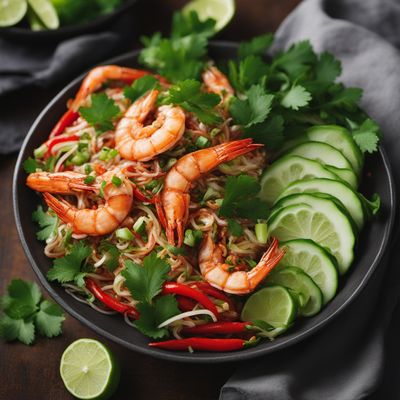
Malay-style Spicy Seafood Salad
Fiery Seafood Delight: A Malay Twist on Kinilaw

Xinjiang Spiced Salted Prawns
Fiery Xinjiang Delight: Spiced Salted Prawns

Caribbean Tapas
Island Bites: Caribbean Tapas Delight
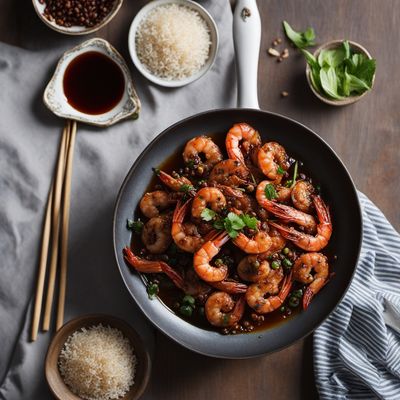
Sichuan Pepper Prawns
Fiery Sichuan Pepper Prawns: A Spicy Delight from the Heart of China
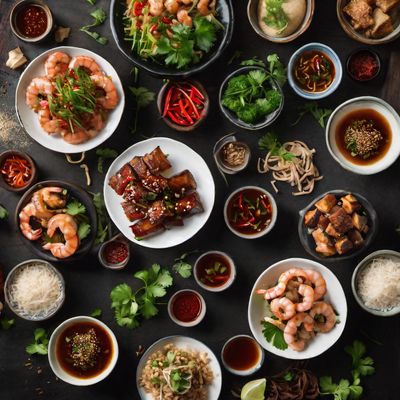
Taiwanese-style Tapas
Taiwanese Delights: Tapas with a Local Twist

Kapampangan-style Saosisy sy Tsaramaso
Savory Kapampangan Delight: Saosisy sy Tsaramaso

Greek-Style Laksa
Mediterranean Seafood Soup with Greek Flavors

Sabahan Spicy Seafood Sauce
Borneo's Fiery Seafood Delight

Prawn Delight in Salt Crust
Savory Salted Prawns: A Chinese Delicacy

Greek-style Bouillabaisse
Mediterranean Seafood Delight: Greek Bouillabaisse
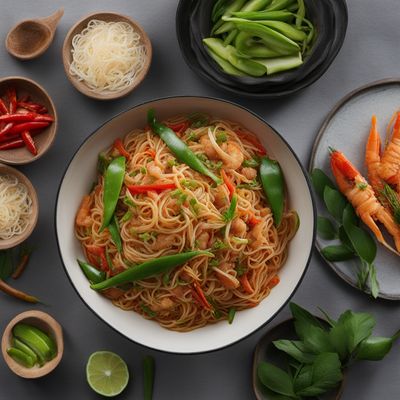
Tasmanian Twist on Pancit Lucban
Tasmanian Seafood Pancit: A Fusion of Filipino and Tasmanian Flavors
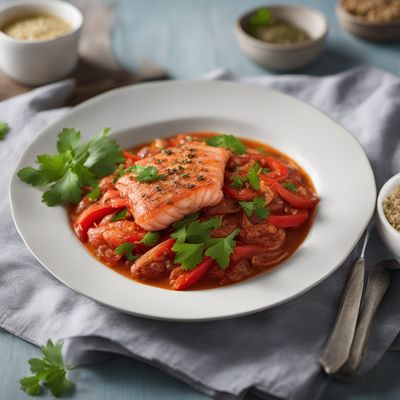
Fenek Moqli with a Twist
Atlantic Island-Inspired Fenek Moqli: A Seafood Twist on a Maltese Classic